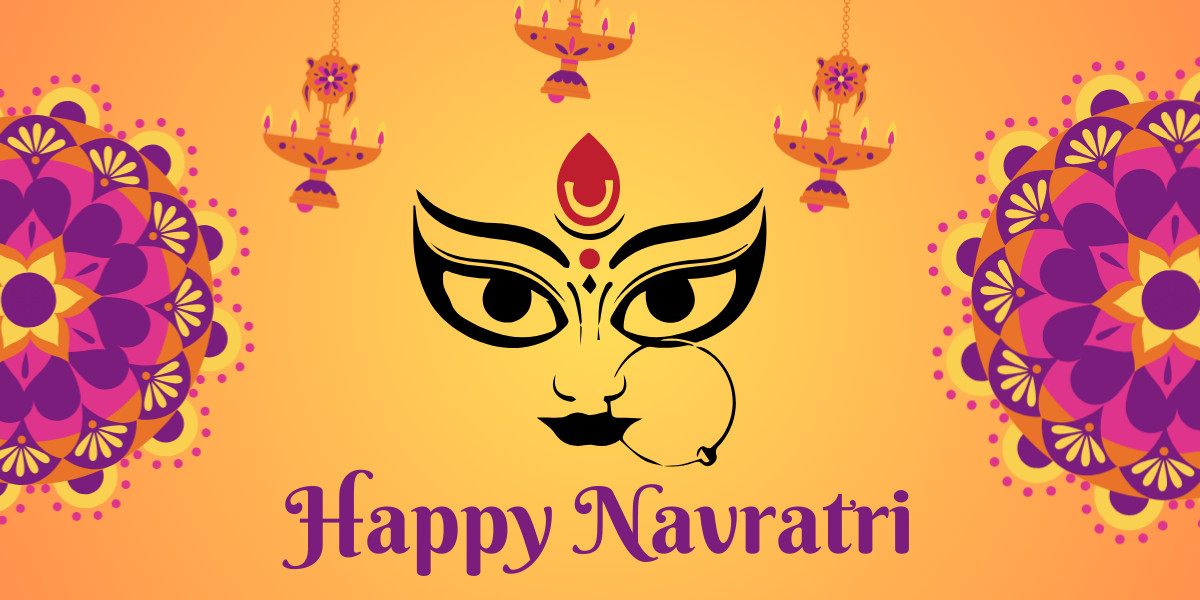Zanshin: Learning the Art of Attention and Focus From a Legendary Samurai Archer
In the 1920s, a German professor named Eugen Herrigel moved to Japan. He came to teach philosophy at a university a few hours northeast of Tokyo, in a city called Sendai.
To deepen his understanding of Japanese culture, Herrigel began training in Kyudo, the Japanese martial art of archery. He was taught by a legendary archer named Awa Kenzo. Kenzo was convinced that beginners should master the fundamentals of archery before attempting to shoot at a real target, and he took this method to the extreme. For the first four years of his training, Herrigel was only allowed to shoot at a roll of straw just seven feet away.

When Herrigel complained of the incredibly slow pace, his teacher replied “The way to the goal is not to be measured! Of what importance are weeks, months, years?”
When he was finally permitted to shoot at more distant targets, Herrigel’s performance was dismal. The arrows flew off course and he became more discouraged with each wayward shot. During a particularly humbling session, Herrigel stated that his problem must be poor aim.
Archery in the Dark

After night had fallen, the two men returned to the courtyard where the practice hall was located. Kenzo walked to his usual shooting location, now with the target hidden in the dark. The archery master proceeded through his normal routine, settled into his firing stance, drew the bow string tight, and released the first arrow into the darkness.
Recalling the event later, Herrigel wrote, “I knew from the sound that it had hit the target.”
Immediately, Kenzo drew a second arrow and again fired into the night.
Herrigel jumped up and ran across the courtyard to inspect the target. In his book, Zen in the Art of Archery, he wrote, “When I switched on the light over the target stand, I discovered to my amazement that the first arrow was lodged full in the middle of the black, while the second arrow had splintered the butt of the first and ploughed through the shaft before embedding itself beside it.”
Kenzo had hit a double bullseye without being able to see the target.
The Enemy of Improvement
There is a famous Japanese proverb that says, “After winning the battle, tighten your helmet.”
In other words, the battle does not end when you win. The battle only ends when you get lazy, when you lose your sense of commitment, and when you stop paying attention. This is zanshin as well: the act of living with alertness regardless of whether the goal has already been achieved.
The Art of Zanshin in Everday Life
“One should approach all activities and situations with the same sincerity, the same intensity, and the same awareness that one has with bow and arrow in hand.”
—Kenneth Kushner, One Arrow, One Life
We live in a world obsessed with results. Like Herrigel, we have a tendency to put so much emphasis on whether or not the arrow hits the target. If, however, we put that intensity and focus and sincerity into the process so where we place our feet, how we hold the bow, how we breathe during the release of the arrow—then hitting the bullseye is simply a side effect.











